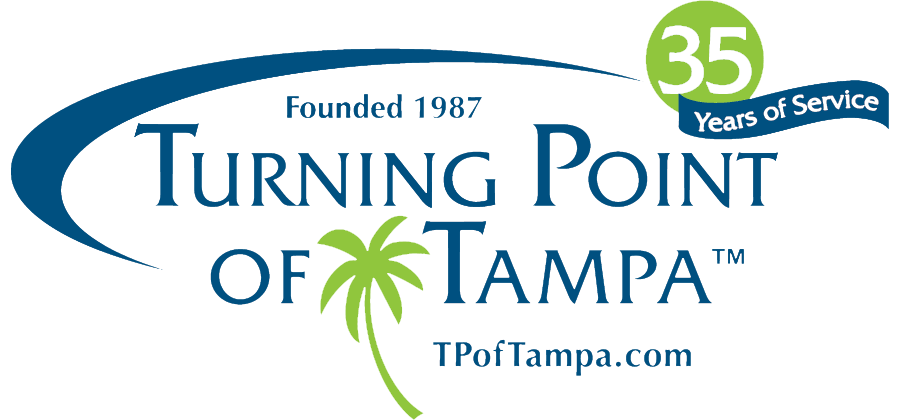The lingering effects of decades of marginalization and mistreatment have led to an increased risk of adverse outcomes for many people on the LGBTQIA+ community. This includes a higher prevalence of substance use disorders among many groups within this population, as well as a higher prevalence of behavioral health issues, eating disorders, and mental health challenges. Let’s look at some of the unique challenges that LGBTQIA+ people face when entering recovery, and the creative ways they have found to overcome these obstacles.
Traditional Recovery Models Exclude LGBTQIA+ Folks
LGBTQIA+ people do not fit neatly into traditional recovery paradigms. One obvious example is the informal 12-step tradition of “men stick with men and women stick with women,” in which sponsorship is segregated along gender lines. The underlying premise is that this will prevent romantic or sexual feelings from develo ping, which could divert sponsor or sponsee from the primary purpose. Obviously, this does not translate for people with same-sex attraction. AA’s General Service Office has alluded to one solution in a pamphlet from 2017, noting that “some gay men and lesbians feel an opposite-sex sponsor is more appropriate for similar reasons.” While this approach addresses the potential issue of romantic feelings, it detracts from another important component of sponsorship, namely shared experience; a gay man and a lesbian may be less likely to have common experiences on which to build a rapport and a strong sponsorship relationship. There is no official guidance for bisexual people regarding sponsorship.
Accessing Treatment is Harder
People whose gender identity diverges from the one they were assigned at birth, including both transgender and nonbinary individuals, face unique challenges in getting help. Many inpatient facilities were originally designed to treat heterosexual cisgendered people. Patients are nearly always segregated into cisnormative gender categories, with these categories then determining which bathrooms they use, which housing they sleep in, and which treatment sessions they participate in. Treatment centers may not respect a person’s individual gender identity, meaning a transgender person seeking help may be forced to live in dormitories and participate in groups with their assigned gender rather than the one they identify with, while a nonbinary person may be forced to “choose” a gender that does not correspond to their actual experience and identity. This discrimination may dissuade them from getting treatment and may be one reason for the higher rates of addiction described below.
Addiction and Mental Illness in the LGBTQIA+ Community
Surveys have found that LGBTQIA+ people face an increased risk of illicit drug or alcohol use disorders compared to the non-LGBTQIA+ population. While 7.8% of the non-LGBTQIA+ population suffers from an illicit drug or alcohol use disorder, 15.1% of the LGBTQIA+ community report suffering from one or both of these issues. Nearly 11% of the LGBTQIA+ suffers from alcohol use disorders vs 6.1% of the non-LGBTQIA+ population, while 7.8% of the LGBTQIA+ suffers from illicit drug use disorders compared to only 2.6% of the general population.
Bullying and Harassment Lead to Unhealthy Coping
One reason for higher rates of use among this population may be their increased exposure to bullying, workplace harassment, and hate crimes. A third of lesbian, gay, and bisexual high school students reported being bullied at school and online. Among their heterosexual peers, half as many experienced these difficulties. LGBTQIA+ people may be using drugs and alcohol to cope with these experiences. Transgender youth are at increased risk for smoking, vaping, and heavy episodic drinking, and research has shown that gender and sexuality-based harassment increases the likelihood of using each of these substances throughout every high school age group. Transgender youth are also at a severely increased risk of suicidality, with 85% reporting that they have seriously considered suicide, and over half reporting that they have attempted suicide.
Parental Rejection Contributes to Addiction
For many people with queer sexual orientations, the most significant rejection they face is from their parents. Research has affirmed how harmful rejection from parents can be. One study found that gay, lesbian, and bisexual adults who reported being rejected by their parents as teenagers were 8.4 times more likely to have attempted suicide, 5.9 times more likely to have high levels of depression, and 3.4 times more likely to abuse illegal drugs than gay, lesbian and bisexual adults who experienced little or no rejection from parents.
Coming Together To Get Better
LGBTQIA+ people have had to form their own communities and establishments because of the rejection and violence they often face from society at large. While gay and lesbian bars are an obvious example, they are balanced out by plethora of vibrant and active LGBTQIA+ recovery communities, some of which have taken novel approaches to solving the unique problems their members face. One such group is GaL-AA, or Gays and Lesbians of Alcoholics Anonymous. This nationwide group hosts a directory of LGBTQIA+ meetings and holds roundup events where LGBTQIA+ individuals can share their experience, strength and hope together.
A New Take on the Twelve Steps
Many 12-step programs work by showing the person that they have a problem, which can feel like yet another layer of stigma for some in the LGBTQIA+ community. Some LGBTQIA+ folks, who have faced harassment and rejection for their gender identity and/or sexual orientation, feel that it is society that has the problem, not them, and have developed their own definition of recovery that includes activism to demand systemic changes. LGBTQIA+ people have formed their own Alcoholics Anonymous groups, and many have described their path to recovery as two-fold: they must come to terms with both their alcoholic identity and their queer identity. Sponsorship and step work looks different for these individuals, as they work to simultaneously break down internalized stigma and build up more effective coping skills. By building on common ground and standing in solidarity with one another, these groups help their individual members find the acceptance they are denied by other elements of our culture.



